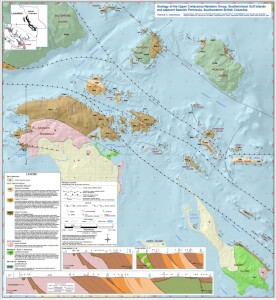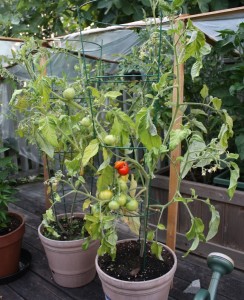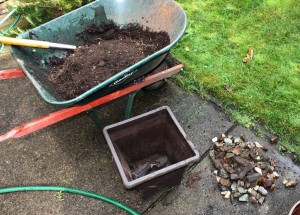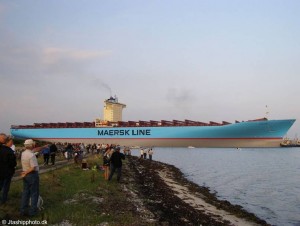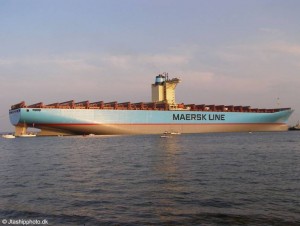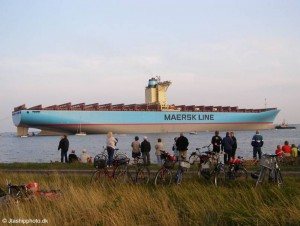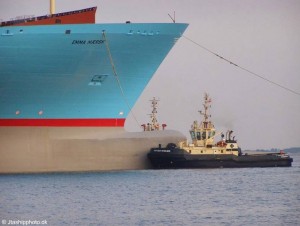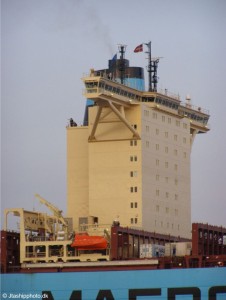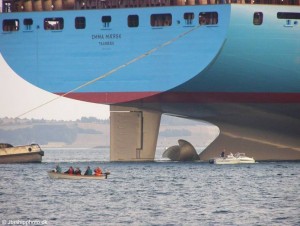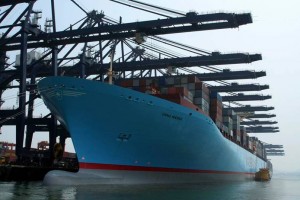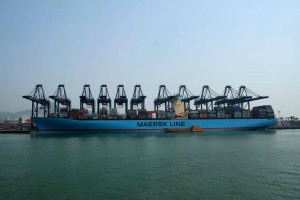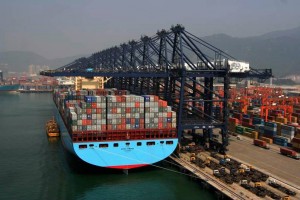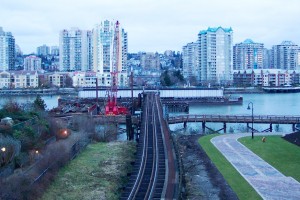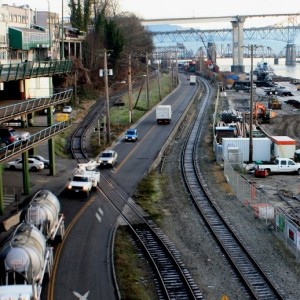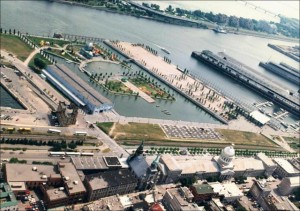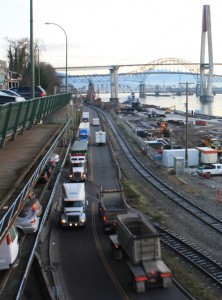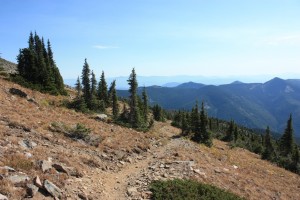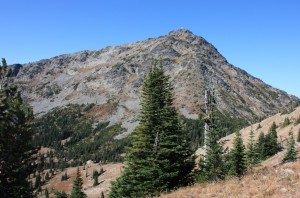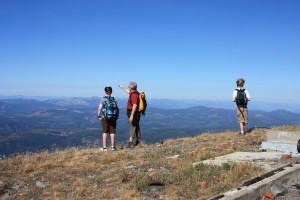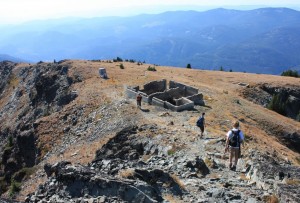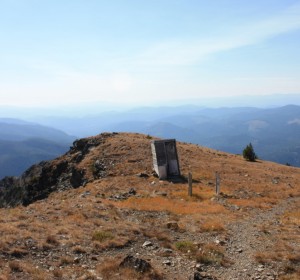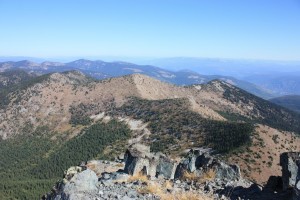Hunter S Thompson was one of my favourite authors. He probably understood politics better than any other writer of his generation, and through that insight, he became remarkably and hilariously cynical. This cynicism could only be expressed through the use of Gonzo Journalism; a genre he did not name, although he invented it, and he, alone, mastered it.
People talk about Gonzo Journalism being about the writer being “immersed” in the story, and writing without objectivity (both characteristics of all journalism, although most journalists don’t want to admit it). But I see it as including one other thing: a vicious disregard for accuracy in order to get to the actual truth. Things don’t have to be factual to be true. In “Fear and Loathing in Elko” , He chronicled a drunken, murderous trip through northern Nevada with Judge Clarence Thomas and two hookers. He wasn’t suggesting this was a true story, but he was able, through the story, tell some truths about the Judge that he couldn’t say within the confines of “objective journalism”.
But that was then. Now, Hunter is dead, politics are beyond cynicism, and instead of journalism, we have the internet.
Recently, I received a chain e-mail that got me thinking about truth and accuracy. I think there is a message in here, I think the author is trying to say something, but the actual information is so far from an objective analysis of reality, that it must be meta-gonzo.
Here it is in it’s entirety, complete with pictures, lurid formatting, and quixotic syntax.
From:
Sent: September-23-11 12:55 AM
To: Undisclosed Recipients
Subject: Fw: MAERSK LINE
Subject: FW: MAERSK LINE
Be Sure to read the ending…………………….
See the editorial under the last picture.. That says it all!
The Emma Maersk, part of a Danish shipping line, is shown in the photos below.
What a ship….no wonder ‘Made in ‘ is displacing North American made goods big time. This monster transports goods across the Pacific in just 5 days!!
This is one of three ships presently in service, with another two ships commissioned to be completed in 2012.
These ships were commissioned by Wal-Mart to get all their goods and stuff from China . They hold an incredible 15,000 containers and have a 207 foot deck beam!!
The full crew is just 13 people on a ship longer than a US Aircraft Carrier (which has a crew of 5,000). With it’s 207′ beam it is too big to fit through the Panama or Suez Canals …
It is strictly transpacific. Cruise speed: 31 knots..
The goods arrive 4 days before the typical container ship (18-20 knots) on a China-to-California run. 91% of Walmart products are made in China . So this behemoth is hugely competitive even when carrying perishable goods.
The ship was built in five sections. The sections floated together and then welded.
The command bridge is higher than a 10-story building and has 11 cargo crane rigs that can operate simultaneously unloading the entire ship in less than two hours.
Additional info:
Country of origin – Denmark
Length – 1,302 ft
Width – 207 ft
Net cargo – 123,200 tons
Engine – 14 cylinders in-line diesel engine (110,000 BHP)
Cruise Speed – 31 knots
Cargo capacity – 15,000 TEU (1 TEU = 20 cubic feet)
Crew – 13 people !
First Trip – Sept. 08, 2006
Construction cost – US $145,000,000+
Silicone painting applied to the ship bottom reduces water resistance and saves 317,000 gallons of diesel per year.
Editorial Comment!
A recent documentary in late March, 2010 on the History Channel noted that all of these containers are shipped back to China , EMPTY. Yep, that’s right.
We send nothing back on these ships. What does that tell you about the current financial state of this country? Just keep buying those imported goods (mostly gadgets) until you run out of money.
Then you may wonder what the cause of unemployment (maybe even your job) in the U.S. and Canada might be????
‘Nuff said ??
This message, if any, surely deserves forwarding, doesn’t it ?
(end transmission)
As is my wont, I am going to go through this point by point.
Paragraph 1: Correct. This is a photo of the Emma Maersk, a large container ship of the Danish Shipping company Maersk.
Paragraph 2: Wrong on every point of fact. The Emma Maersk has never transported goods across the Pacific. It’s regular run is between southeast Asia and Rotterdam, making the Pacific the long way around by far. The Emma Mearsk’s maximum speed is 25knots, and it cruises at around 20knots, making the hypothetical crossing of the Pacific (say, 5144 miles from Tokyo to San Francisco), not a 5-day journey, but more than 9 days. Add a couple of days if you want to go to China. This is in fact one of 8 (not three) “E-Maersk” ships of the same size in service since the 8th was commissioned in 2008.
Paragraph 3: Only mostly wrong. These ships were not “commissioned” by WalMart, nor does the Emma Maersk even travel to North America. The ship carries between 11,000 and 15,000 containers (depending on how you measure them), and the ship’s beam is 185 feet.
Paragraph 4: Getting Better. The minimum crew is 13, although there is capacity for 17 more people. The ship is indeed longer than any American aircraft carrier ever built, and an aircraft carrier typically has 5,000 crew members (notably, the Emma Maersk’s compliment does not require a lot of aircraft pilots or mechanics). The Emma Maersk is indeed too wide and too long to pass through the Panama Canal, but it not only can pass through the Suez, it has regularly passed through the Suez many times since it first did so on it’s maiden voyage.
Paragraph 5: Wrong and wrong. It has never travelled the trans-Pacific route, and it certainly cannot cruise at 31 knots.
Paragraph 6: Wrong when relevant. The Emma moves at the same speed as a “typical” container ship, around 20 knots. It does not go from China to California, never has. Where WalMart makes it’s goods is a non-sequitor. Although I cannot comment on competitiveness, some argue the MSC-class container ships, though smaller, are actually more efficient in container handling, even if they may use a little more fuel. Notably, perishables are usually carried in refrigerated containers, much like on other container ships. The Emma Maersk has capacity for 1000 reefer containers.
Paragraph 7: Unconfirmed. I can find no record of this modular construction technique, except various references to this e-mail chain.
Paragraph 6: I’ll give you a C-. That crew superstructure looks to be about 10 stories high, but the ship actually does not contain any cranes whatsoever. The 11 cranes shown in the picture are actually attached to and controlled from the shore. However, unloading the entire ship in 2 hours would require each of the 11 cranes, working in concert, to unload a container every 6 seconds, non-stop. Highly unlikely.
Additional Info:
Country of Origin: Correct!
Length: Correct!
Width: Wrong! (184 feet)
Net Cargo: Wrong! (55,400 Net Tonnes)
Engine: Almost! (109,000 hp from the main engine, plus 40,000hp from 5 auxiliaries).
Cruise Speed: Wrong! (20 knots cruise, 25 knots max)
Cargo Capacity: Almost! (14,770 TEU, which are not = 20 cubic feet)
Crew: Correct!
First trip: Correct!
Construction Cost: Pretty close!
So for a the Speed Round, the score is 55% correct. That’s a pass!
Next paragraph: Sort of. The silicone-based paint actually increases efficiency by preventing barnacle problems without the use of more toxic anti-fouling paints. It is expected to reduce fuel use by 1200 tonnes, which works out to 320,000gallons. Close enough for the internet! Of course, this ship does not burn diesel, it burns bunker fuel.
On the Editorial Content:
Well, the historicity of History Channel documentaries aside, it seems rather unlikely that a ship would carry 14,000 empty containers across the ocean. Believe it or not, the United States is still the second largest manufacturer in the world, producing almost 20% of the world’s manufactured goods. They are also the largest exporter of recycling materials to China. But all this is irrelevant, as the Emma Maersk does not run goods between China and North America!
Ugh.
Well, to take a page from Hunter, who cares about the truth and the statistics? Is the message one to be concerned about?. This ship still the largest ship in the world, and it moves a whole lotta shit from point A (developing country manufacturing inexpensive goods with low wages and lax environmental standards) to point B (post-industrial country with high wages, high environmental standards) to serve and consumers willing to ignore it all just to buy some new stuff).
This message seems to be cloaked in standard anti-China protectionist rhetoric (“China is stealing our Jobs!”). It fails to note, however, that China, and Maersk as a shipping company, are just doing what we in North America and Europe are asking for. We are the ones demanding a plentiful supply of cheap goods. We are the ones deciding to buy 10 pairs of underwear at WalMart for $5, and not one pair of high-quality underwear from Truro, Nova Scotia for $10. That the WalMart gonch fall apart faster than the plastic bag they are packaged in is irrelevant to us.
Here is my editorial comment:
Perhaps a more interesting point is the billions of dollars our Provincial Government is spending, right here in BC, to build Canada’s “Pacific Gateway”. Considering that 2% of our exports and almost 10% of our imports are traded with China (by far the largest trade deficit we have with any trading partner), isn’t Pacific Gateway essentially a giant subsidy to Chinese manufacturers over domestic or US manufacturers? I can understand why you might want to buy WalMart underwear, but why does our Federal Government want us to?
